Description
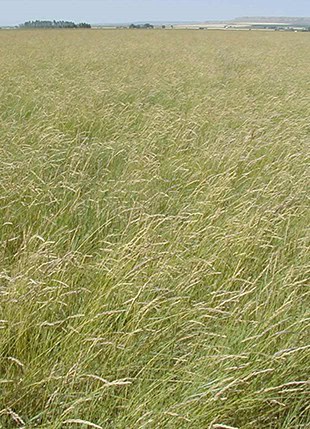
Pascopyrum smithii, VNS
Western Wheatgrass is a long-lived, late maturing native, cool season grass, widely distributed, winter hardy, strongly rhizomatous with coarse blue-green leaves. Easy to establish on dryland sites with excellent early forage. Protein content is normally higher than other wheatgrasses once cured.
This is the most aggressive native sod grass available, despite low seedling vigor. Established, Western Wheatgrass provides excellent soil binding erosion control characteristics and can survive short periods of flooding and long periods of drought.
Height: 1-3 feet
Var.: Arriba, Barton, Flintlock, Rosana, Walsh
Pricing is for Arriba variety, please call for pricing on other varieties.
Seeding Rate:
Small Areas: 2-3 lbs. per 1000 sq. ft.
Larger Areas: 10-15 lbs. per acre drilled, 20-30 lbs. per acre broadcast
Western Wheatgrass Seeding Tips:
Timing:
Seed in the very early Spring or late Fall when the soil temperature is 50 to 80 degrees
Preparation:
Ensure adequate drainage of your site. Cultivate 4-6 inches with topsoil. Incorporation of a starter fertilizer will help provide proper nutrients for early growth. Keep seed bed firm, not fluffy.
Seeding:
Using a drop spreader or a broadcast spreader, spread half the seed lengthwise over your site, then the other half crosswise over your site. A recommended seeding rate is listed on the seed tag.
Moisture:
To help promote good seed germination, keep the newly seeded area moist at all times.
Maintenance:
Mow for the first time when the grass is approx. 3-4 inches tall. Do not cut below 1.5 inches. A good fertilizer program will promote better disease control and encourage uniform grass growth.
Overseeding:
To renovate an established lawn, mow very closely and rake deeply. Spread 1/2″ to 3/4″ of sand or topsoil over the area and overseed with chosen seed mix. Spring or Fall are excellent times for overseeding.
Read more in our post: 5 Easy Tips for Successfully Planting Grass Seed

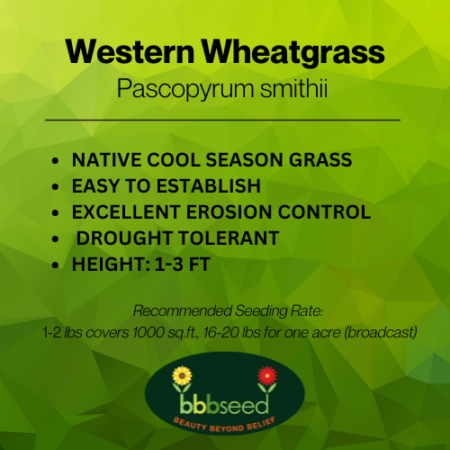
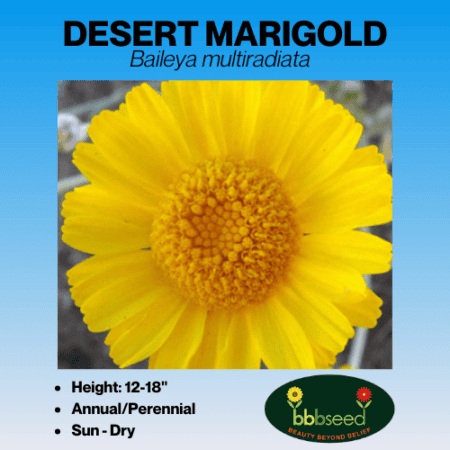

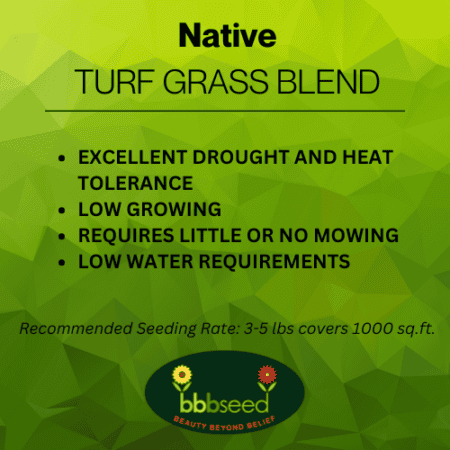
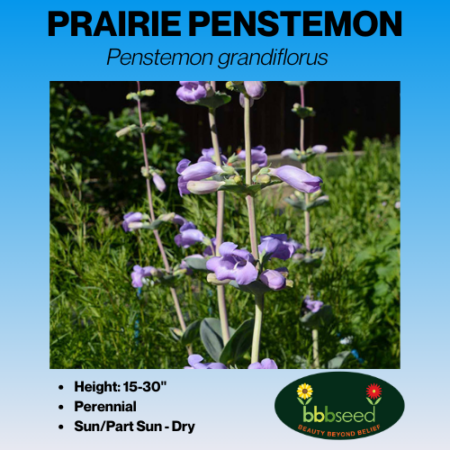
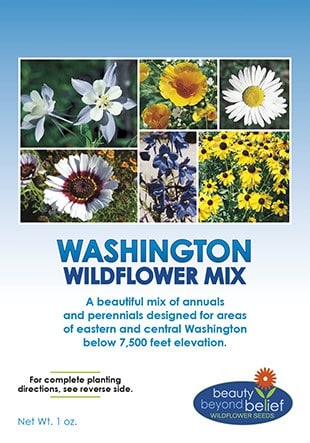
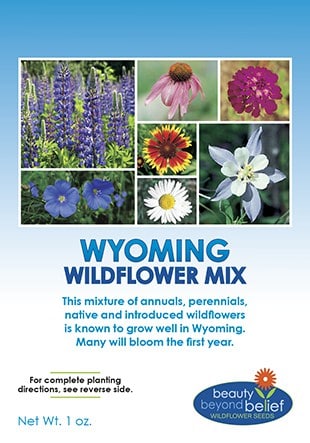

Reviews
There are no reviews yet.